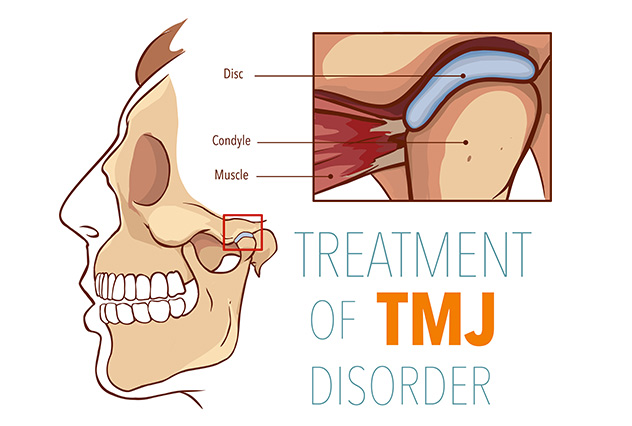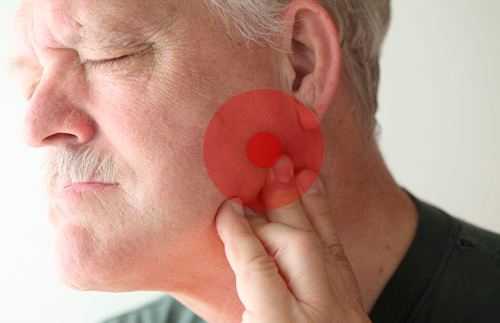TMJ Treatment
What it does
These joints move each time we chew, talk or even swallow. The TMJ is actually a sliding joint and not a ball-and-socket like the shoulder. This sliding allows for pressures placed on the joint to be distributed throughout the joint and not just in one area. The TMJ is the most complex joint in the human body.
Placed between these two bones is a disc, just like the one between your back bones. This disc is primarily made of cartilage and in the TMJ acts like a third bone. The disc, being attached to a muscle, actually moves with certain movements of the TMJ.


Symptoms
• Facial pain; jaw joint pain; often in combination with neck, shoulder, back pain and/or headaches
• Popping, grating or clicking sounds with movement of the jaw joint
• Pain in the joints of the face when opening or closing the mouth, yawning, or chewing
• Swelling on the side of the face and/or mouth
• A bite that feels uncomfortable, “off,” or as if it is continually changing
• Limited opening or inability to open the mouth comfortably
• Deviation of the jaw to one side
• The jaw locking open or closed

